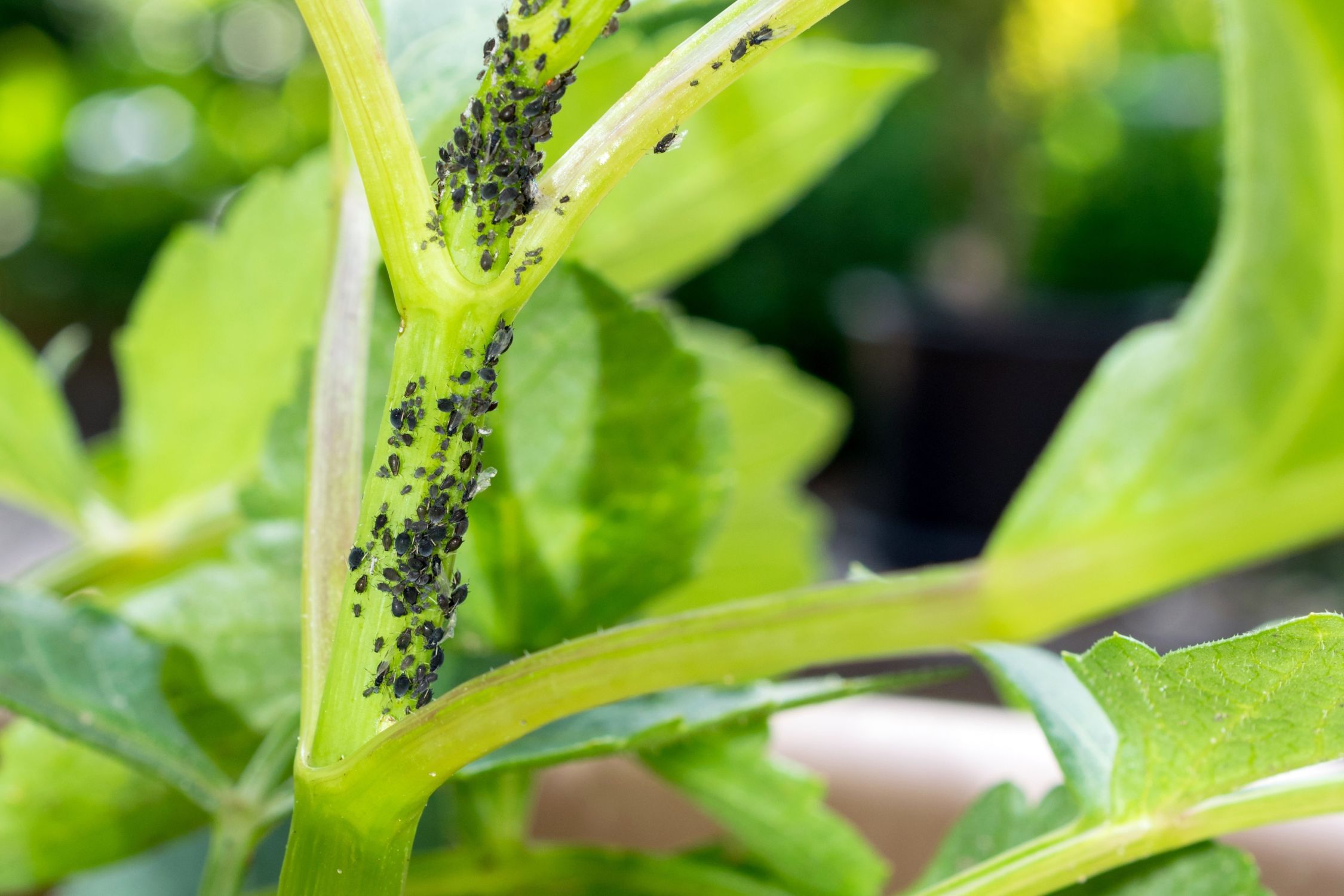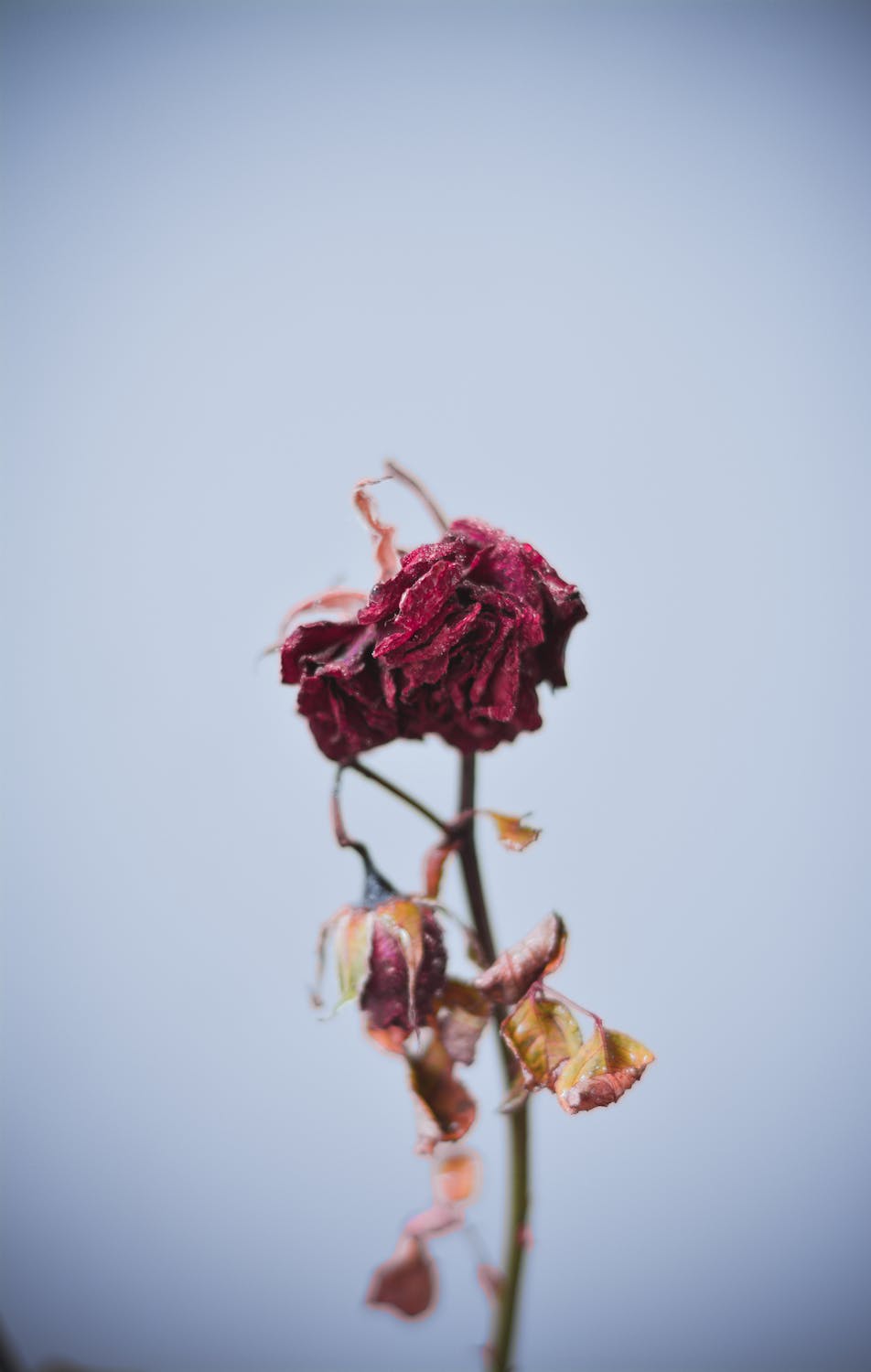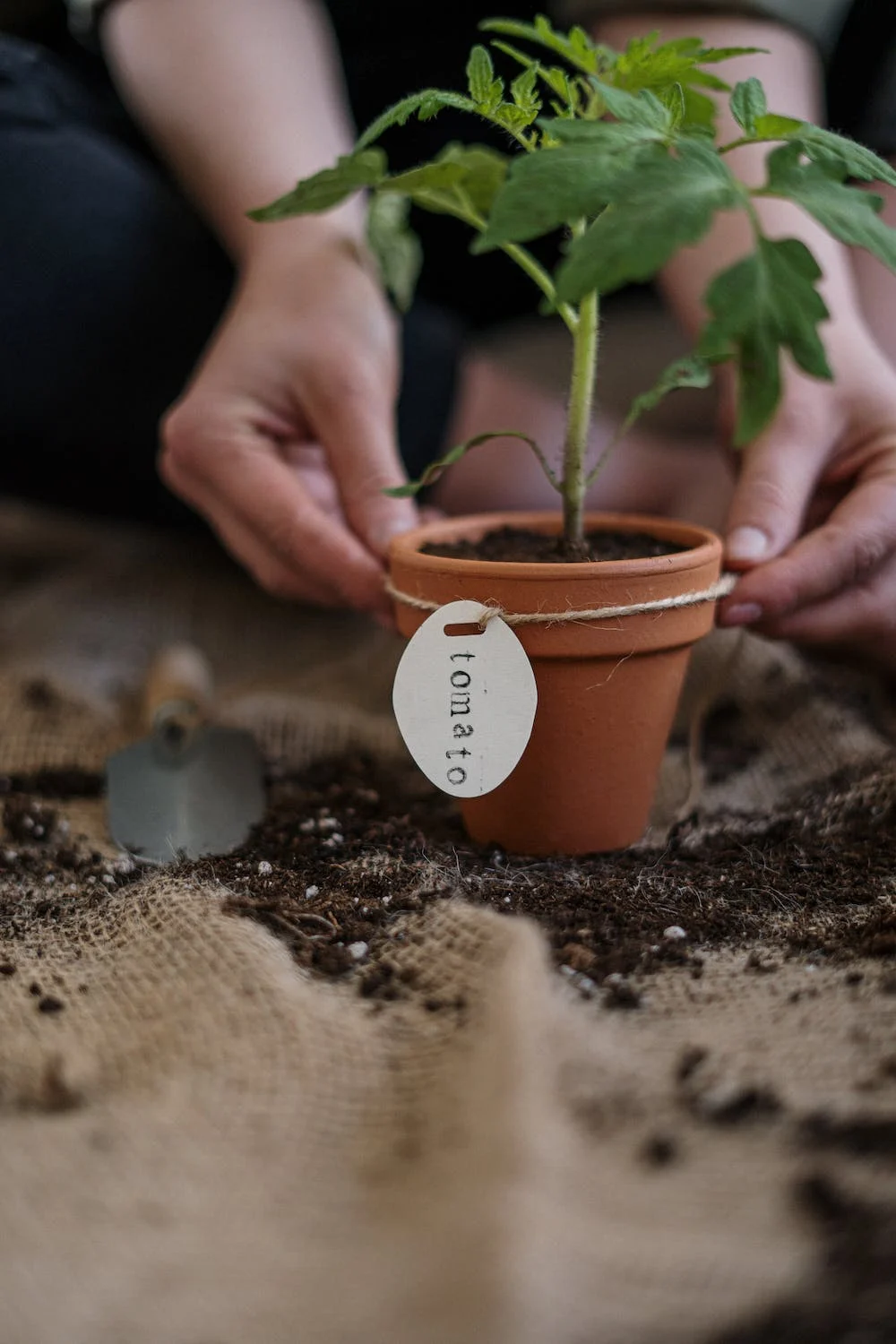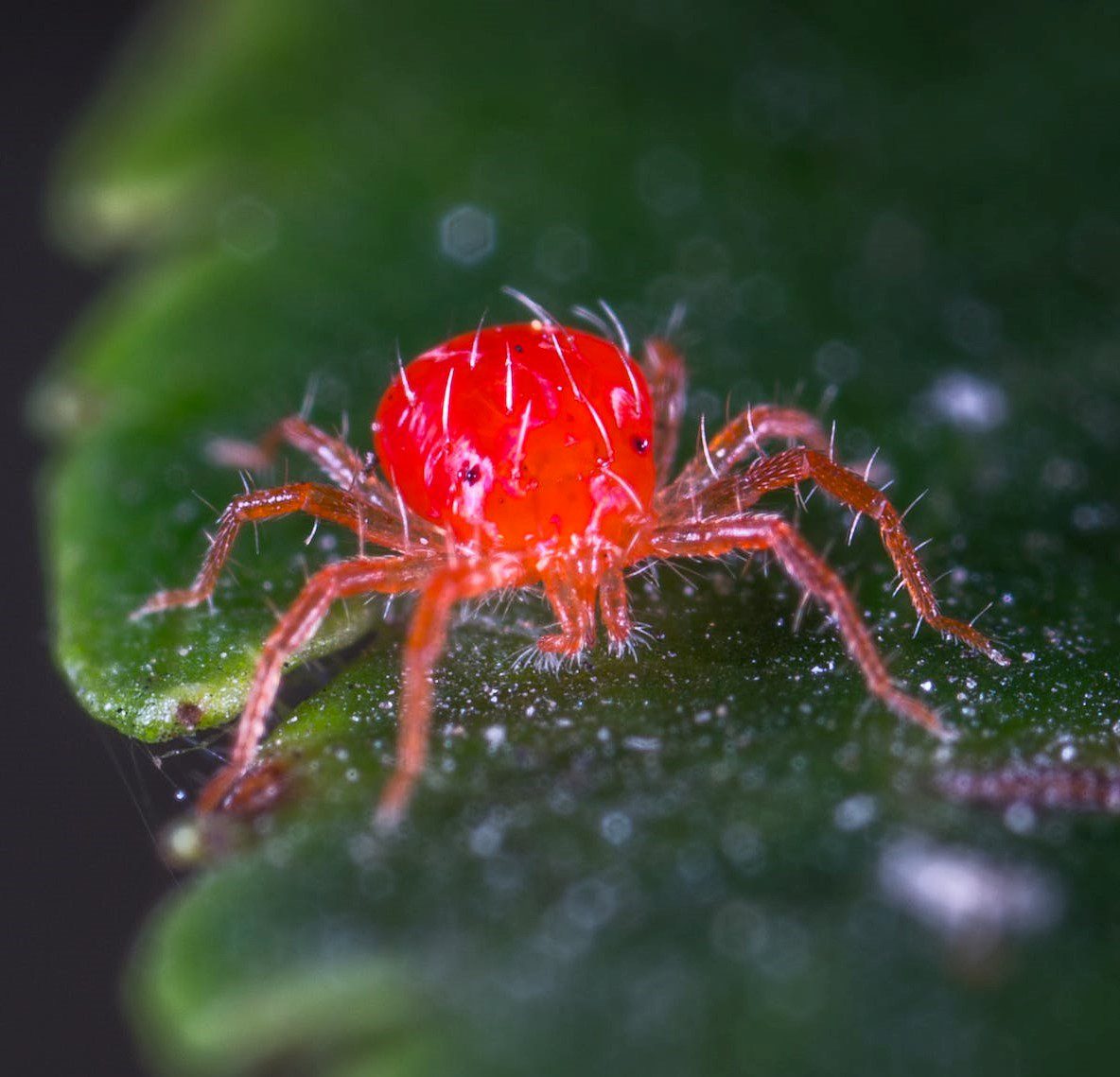Plant pests and diseases
Willy Green
March 1, 2023
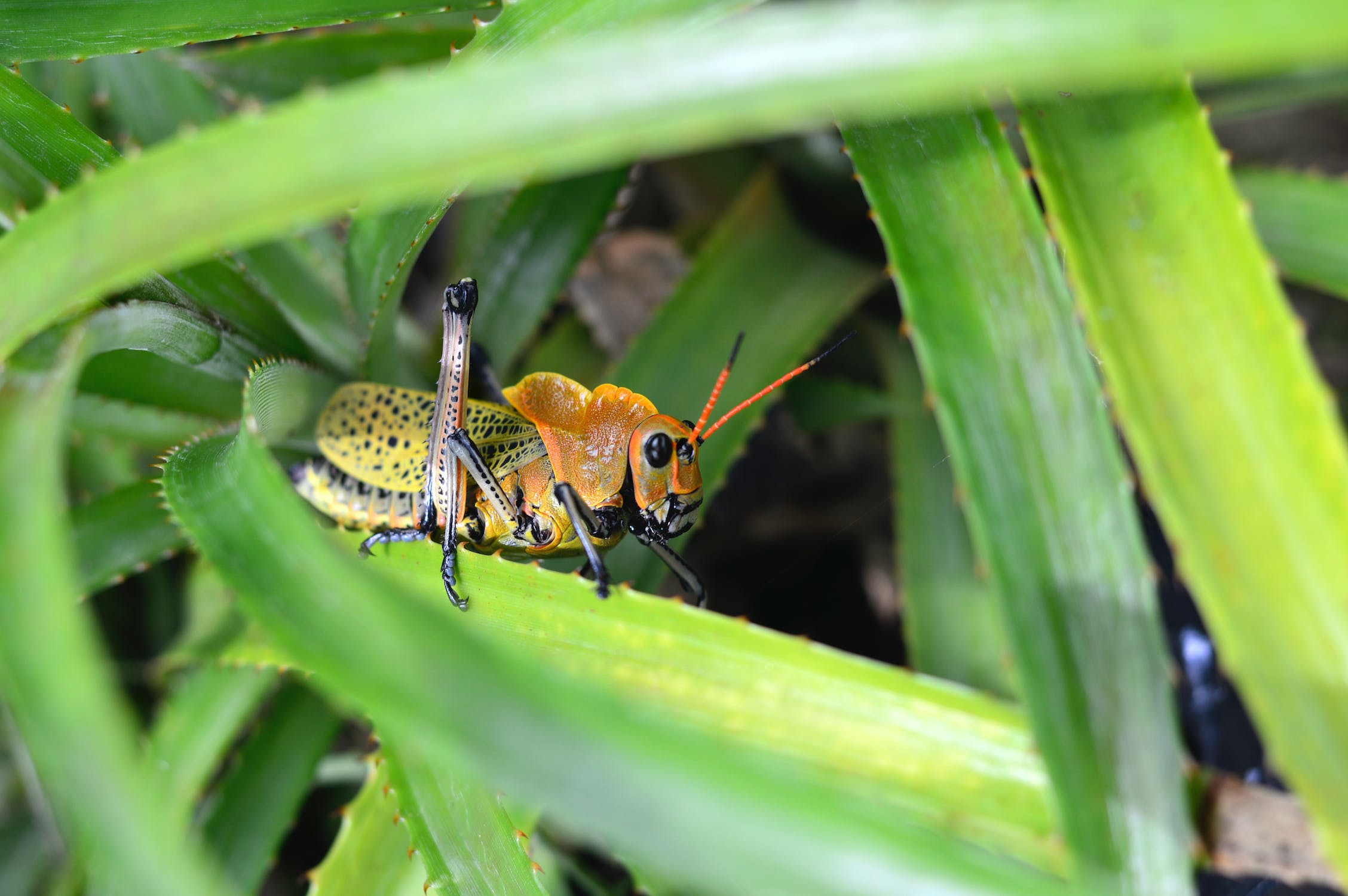
Plant pests and diseases. As much as we love our plants, they are often under attack from pests and diseases. These issues can quickly spiral out of control if not addressed promptly, leading to stunted growth, yellowing leaves, and even plant death. In this article, we will explore some common plant pests and diseases, their causes, and effective solutions to these problems. Go to www.outdoorgardencare.com for this and more for your garden, houseplants, and outdoor spaces.
